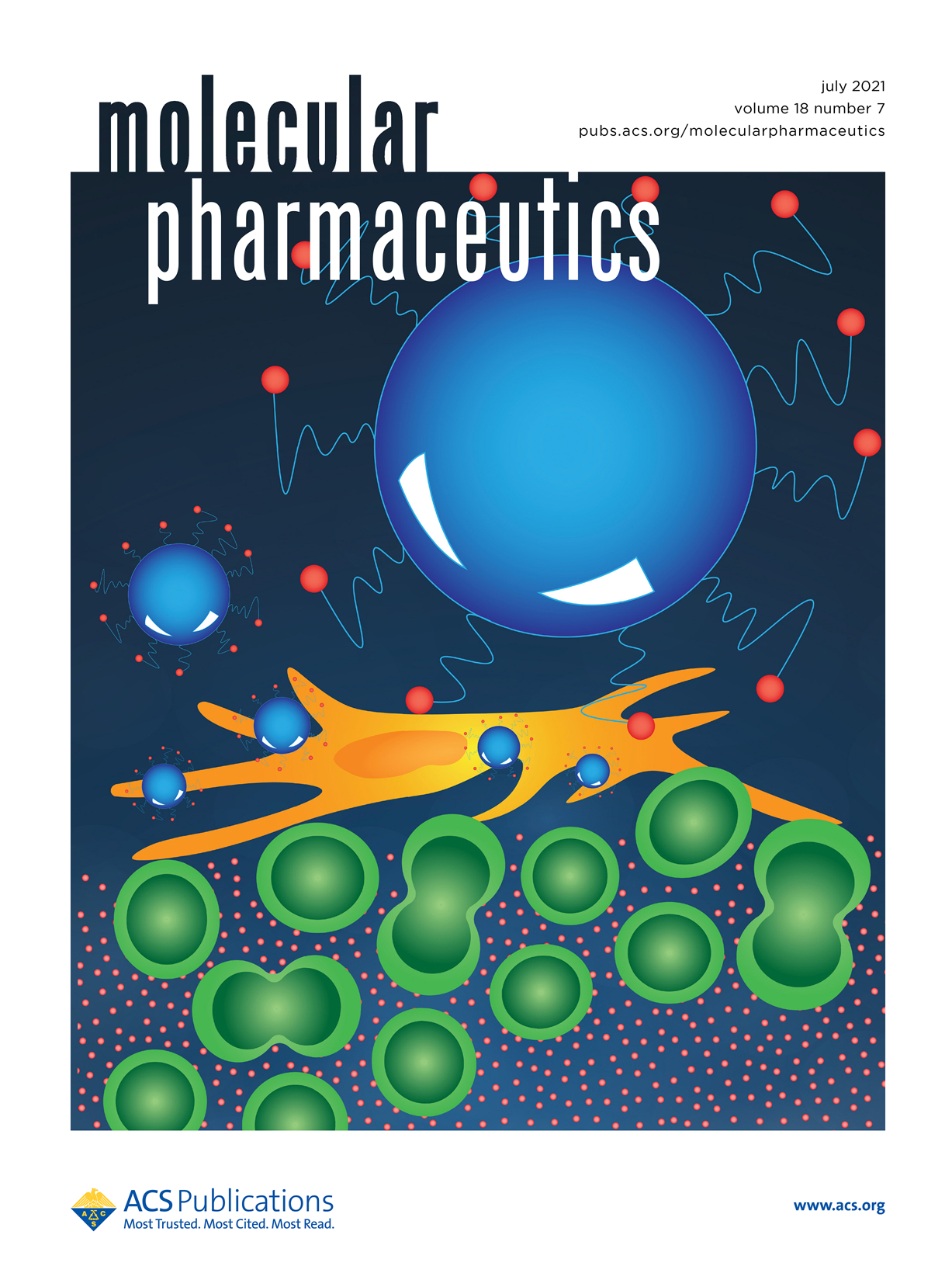Ver ítem
- xmlui.general.dspace_homeCentros Regionales y EEAsCentro Regional Patagonia NorteEEA BarilocheArtículos científicosxmlui.ArtifactBrowser.ItemViewer.trail
- Inicio
- Centros Regionales y EEAs
- Centro Regional Patagonia Norte
- EEA Bariloche
- Artículos científicos
- Ver ítem
Characterization of a Nanovaccine Platform Based on an α1,2- Mannobiose Derivative Shows Species-non-specific Targeting to Human, Bovine, Mouse, and Teleost Fish Dendritic Cells
Resumen
Dendritic cells serve as the main immune cells that trigger the immune response. We developed a simple and cost-effective nanovaccine platform based on the α1′,2-mannobiose derivative for dendritic cell targeting. In previous work, we have formulated the α1,2-mannobiose-based nanovaccine platform with plasmid DNA and tested it in cattle against BoHV-1 infection. There, we have shown that the dendritic cell targeting using this nanovaccine platform in vivo
[ver mas...]
Dendritic cells serve as the main immune cells that trigger the immune response. We developed a simple and cost-effective nanovaccine platform based on the α1′,2-mannobiose derivative for dendritic cell targeting. In previous work, we have formulated the α1,2-mannobiose-based nanovaccine platform with plasmid DNA and tested it in cattle against BoHV-1 infection. There, we have shown that the dendritic cell targeting using this nanovaccine platform in vivo can boost the immunogenicity, resulting in a longlasting
immunity. In this work, we aim to characterize the α1′,2-mannobiose derivative, which is key in the nanovaccine platform. This DC-targeting strategy takes advantage of the specific receptor known as DC-SIGN and exploits its capacity to bind α1,2-mannobiose that
is present at terminal ends of oligosaccharides in certain viruses, bacteria, and other pathogens. The oxidative conjugation of α1′,2-mannobiose to NH2-PEG2kDa-DSPE allowed us to preserve the chemical structure of the non-reducing mannose of the disaccharide and the OH groups and the stereochemistry of all carbons of the reducing mannose involved in the binding to DC-SIGN. Here, we show specific targeting to DC-SIGN of decorated micelles incubated with the Raji/DC-SIGN cell line and uptake of targeted liposomes that took place in human, bovine, mouse, and teleost fish DCs in vitro, by flow cytometry.
Specific targeting was found in all cultures, demonstrating a species-non-specific avidity for this ligand, which opens up the possibility
of using this nanoplatform to develop new vaccines for various species, including humans.
[Cerrar]

Autor
Pappalardo, Juan Sebastián;
Salmaso, Stefano;
Levchenko, Tatyana S.;
Mastrotto, Francesca;
Bersani, Sara;
Vermeulen, Monica;
Ghersa, Federica;
Quattrocchi, Valeria;
Zamorano, Patricia Ines;
Hartner, William C.;
Toniutti, Micaela;
Musacchio, Tiziana;
Torchilin, Vladimir P.;
Fuente
Molecular pharmaceutics 18 (7) : 2540-2555 (Julio 2021)
Fecha
2021-07
Editorial
ACS Publications
ISSN
1543-8384
Documentos Relacionados
Formato
pdf
Tipo de documento
artículo
Proyectos
(ver más)
INTA/PNBIO-1131032/AR./Desarrollo de herramientas biotecnológicas para la prevención y el control de enfermedades pecuarias: vacunas, diagnóstico y eIdemiología molecular.
INTA/2019-PD-E5-I102-001/2019-PD-E5-I102-001/AR./Desarrollo de vacunas y tecnologías para mejorar las estrategias profilácticas y terapéuticas de las enfermedades que afectan la producción animal y la salud pública
Palabras Claves
Derechos de acceso
Restringido
 Excepto donde se diga explicitamente, este item se publica bajo la siguiente descripción: Creative Commons Attribution-NonCommercial-ShareAlike 2.5 Unported (CC BY-NC-SA 2.5)
Excepto donde se diga explicitamente, este item se publica bajo la siguiente descripción: Creative Commons Attribution-NonCommercial-ShareAlike 2.5 Unported (CC BY-NC-SA 2.5)

